Description
Madder (Rubia tinctorum) Madder ( E )
Family: Rubieceae, star-leaved
Paint: orange-red
Madder has been the 'king' of the grand complexion for centuries and is also called mee or mead.
The roots of this plant were already used in ancient times by the Egyptians, Indians and Persians for dyeing wool and silk.
In 1700 the plant also came to Europe, also to the Netherlands. The madder plant grew well on the moist clay soil of the Zeeland and South Holland islands.
The Zeelanders were even the largest supplier of madder for a while and it brought great prosperity to the Netherlands.
It is the reddish brown roots that are used. These stick up to a meter deep into the ground. The dyes alizarin and purpurine are extracted from this, which give an intense deep orange-red color. After three years, the roots contain enough dyes and can be harvested.
The name Rubia is derived from the Latin 'ruber', which means red.
Facts
Madder…
… was used by famous painters from the 17th century, including Rembrandt van Rijn, to make paint.
… roots were dried in colder climates in small stone buildings with chambers, these were called co-ovens.
… is also a medicinal plant. It can be used against skin conditions and internally it ensures the removal of moisture.
… was also grown on a small scale in Eierland (on Texel).
… was used to color Persian carpets until the advent of synthetic dyes.
This is one of the natural dye products described in the book Eco-dye by Anja Schrik.


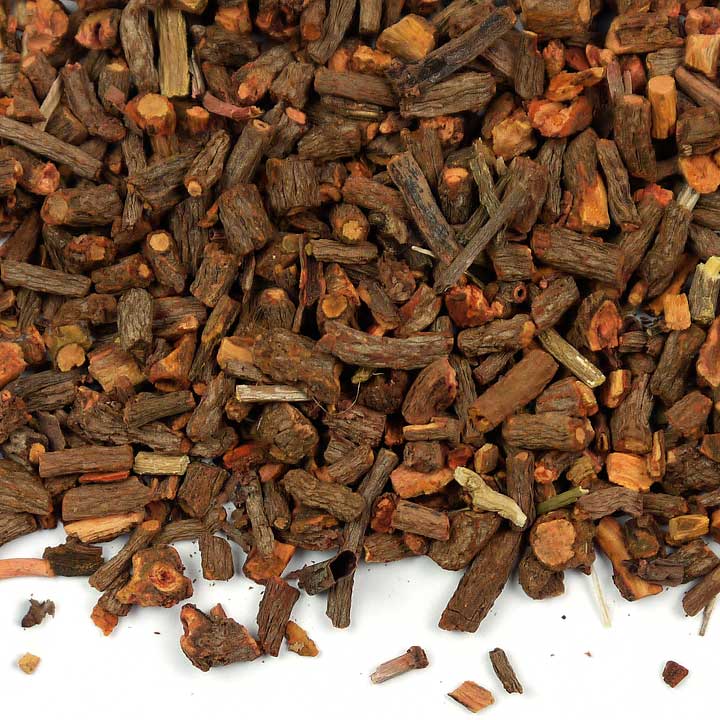
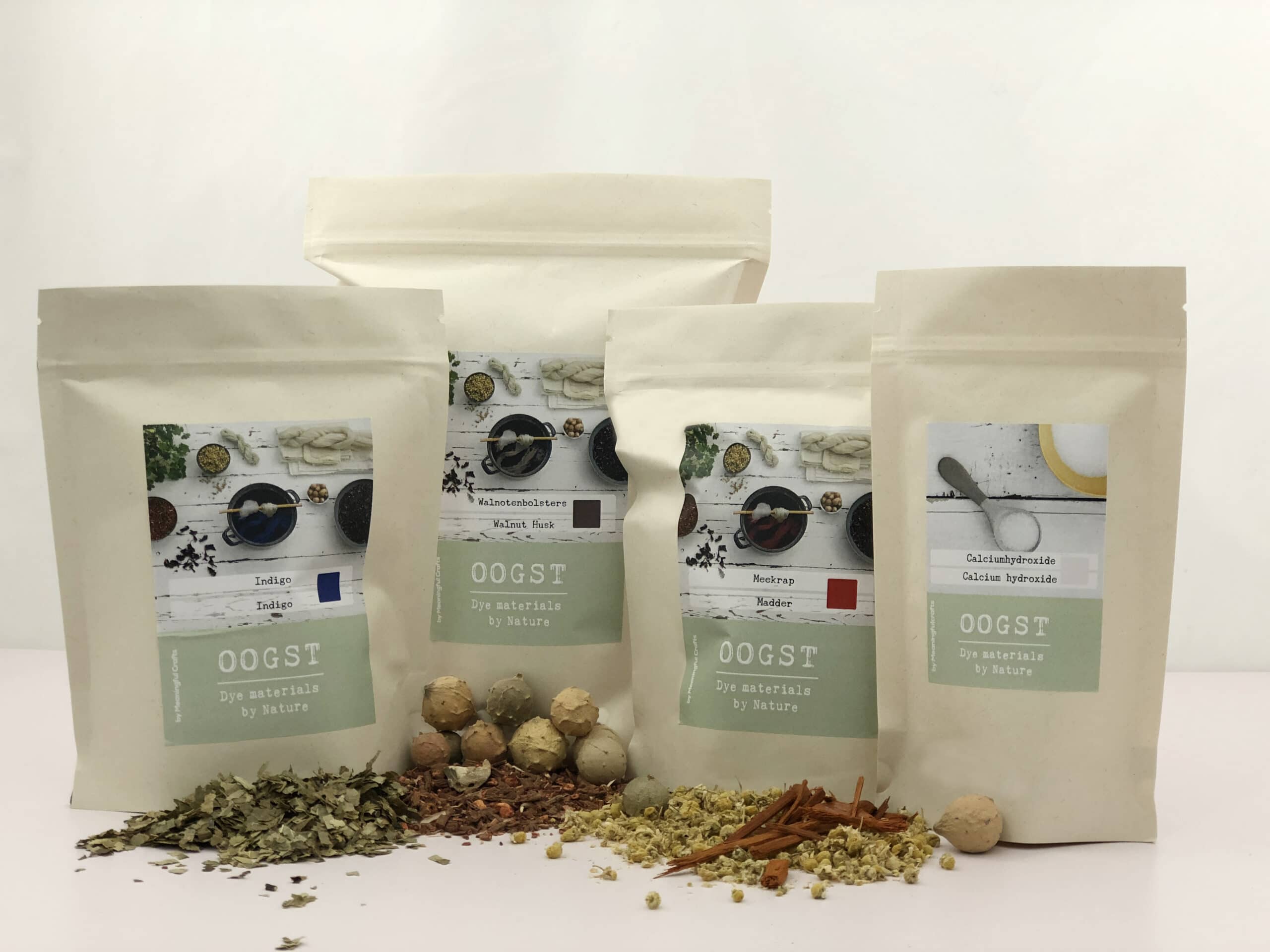
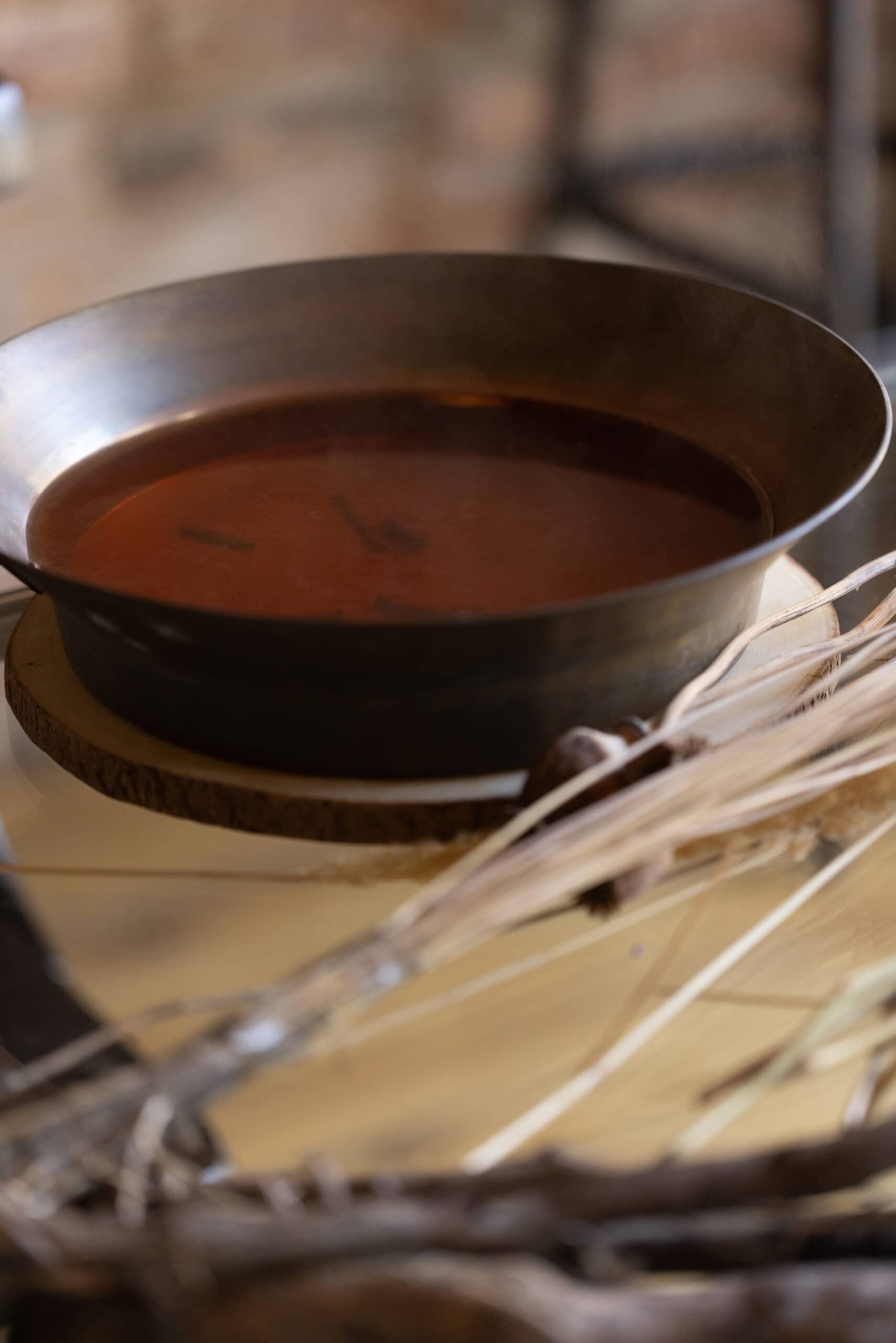
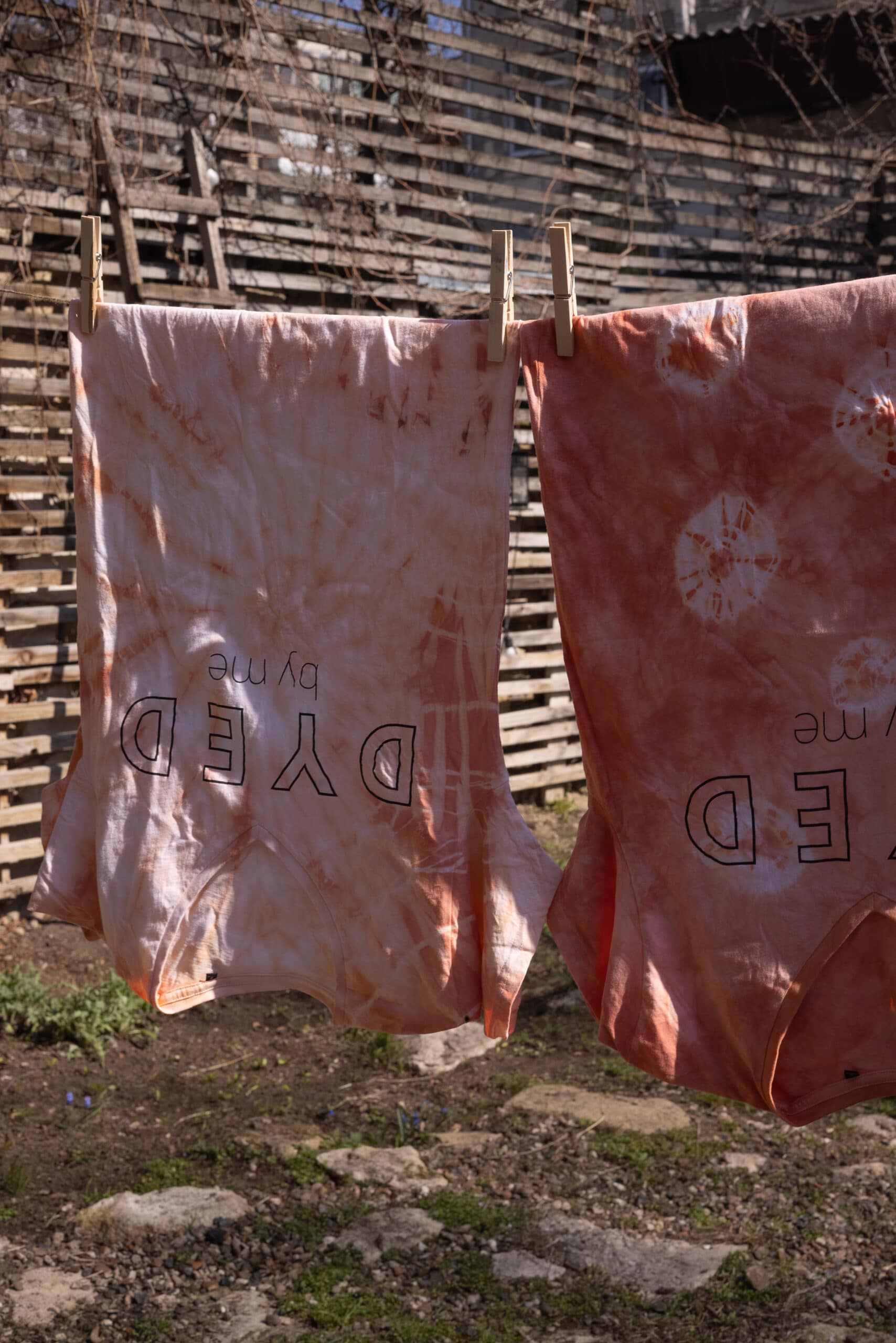
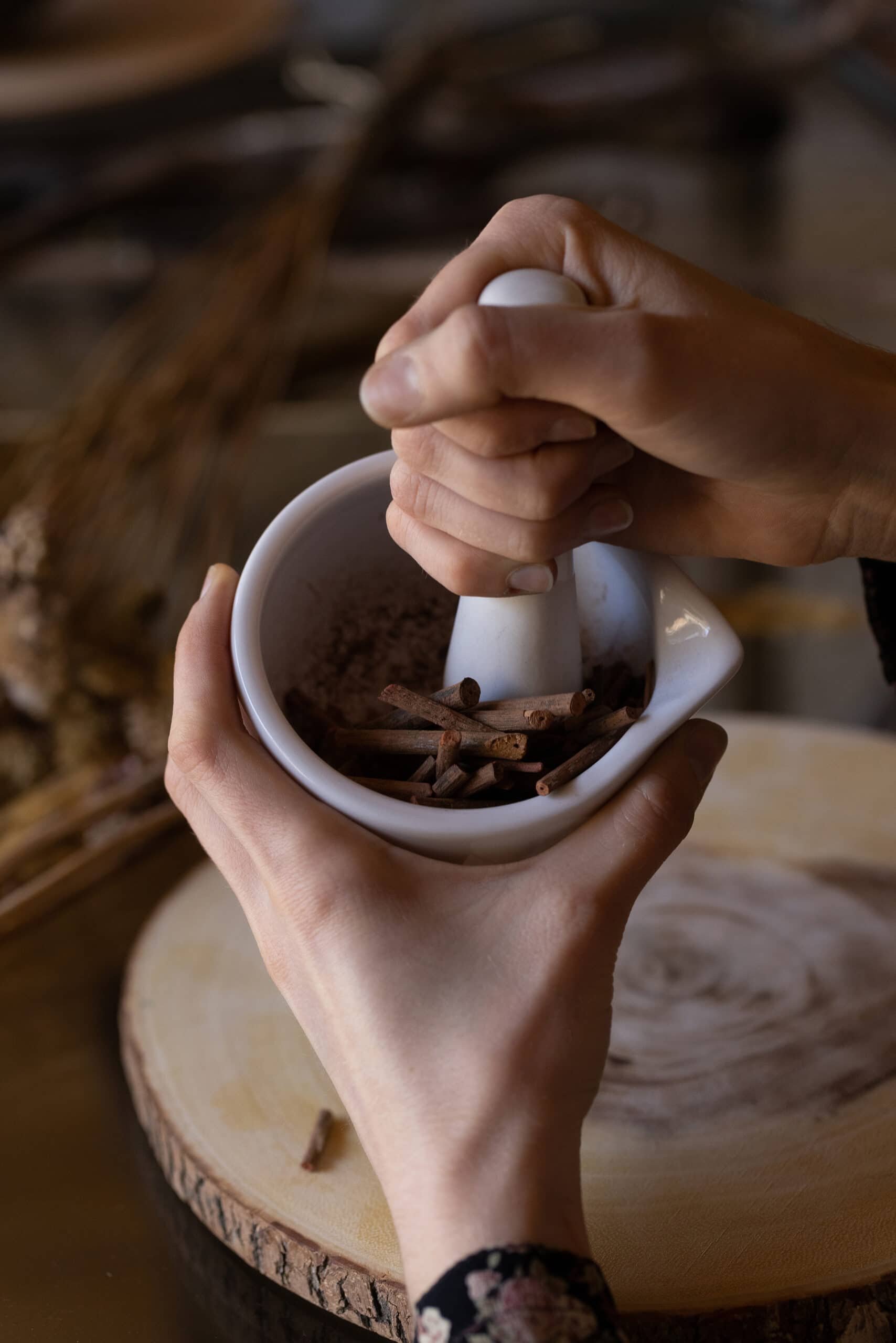
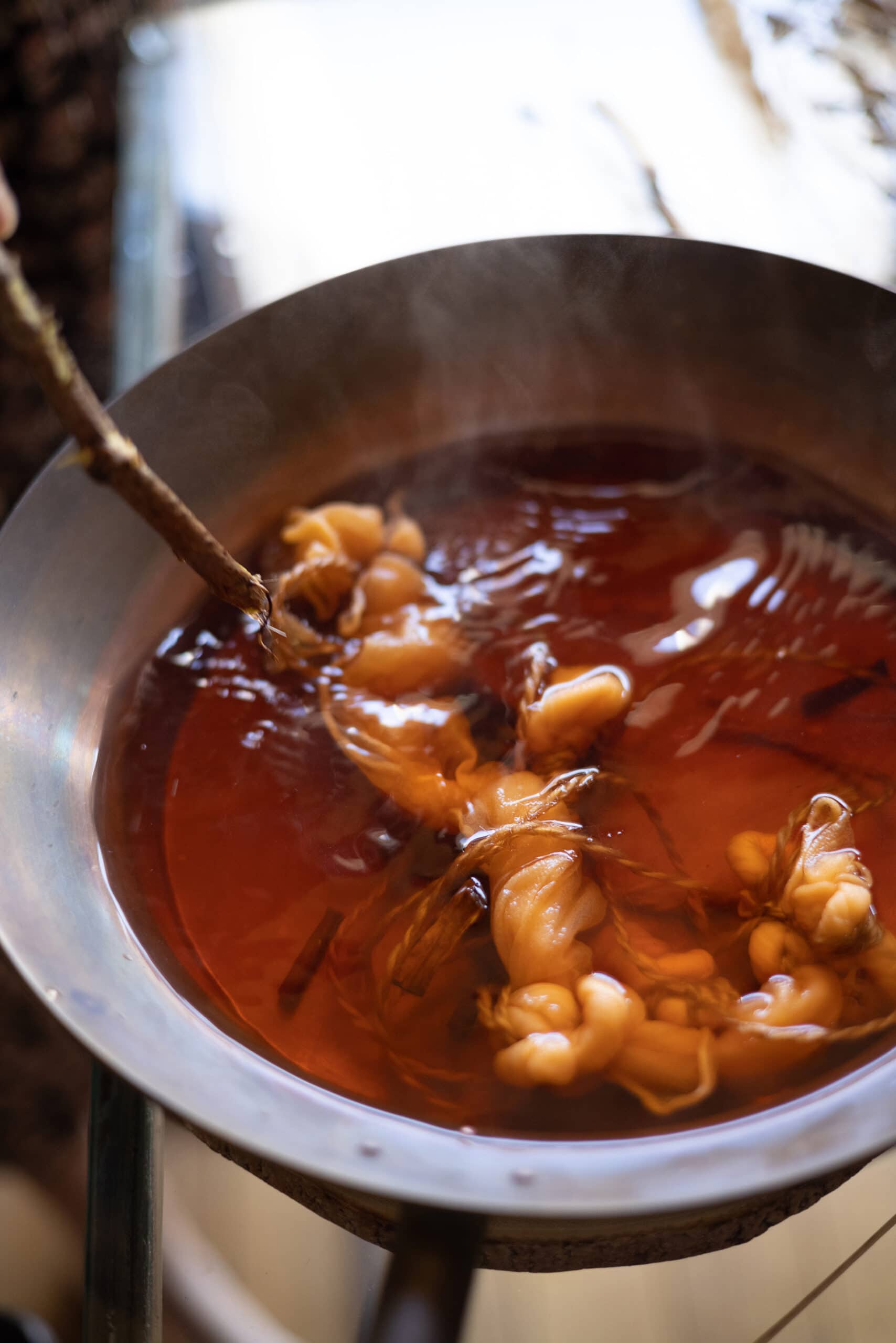
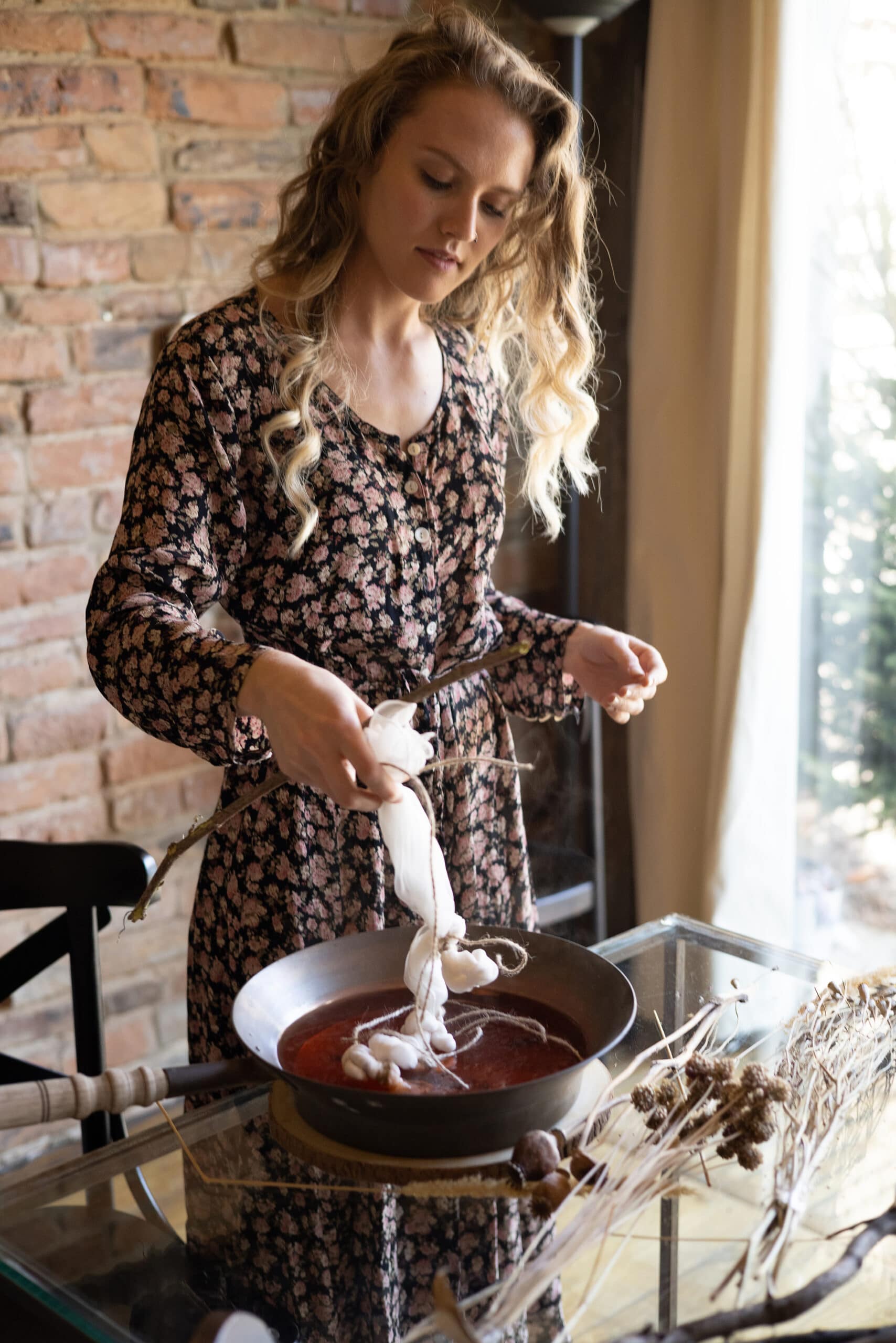
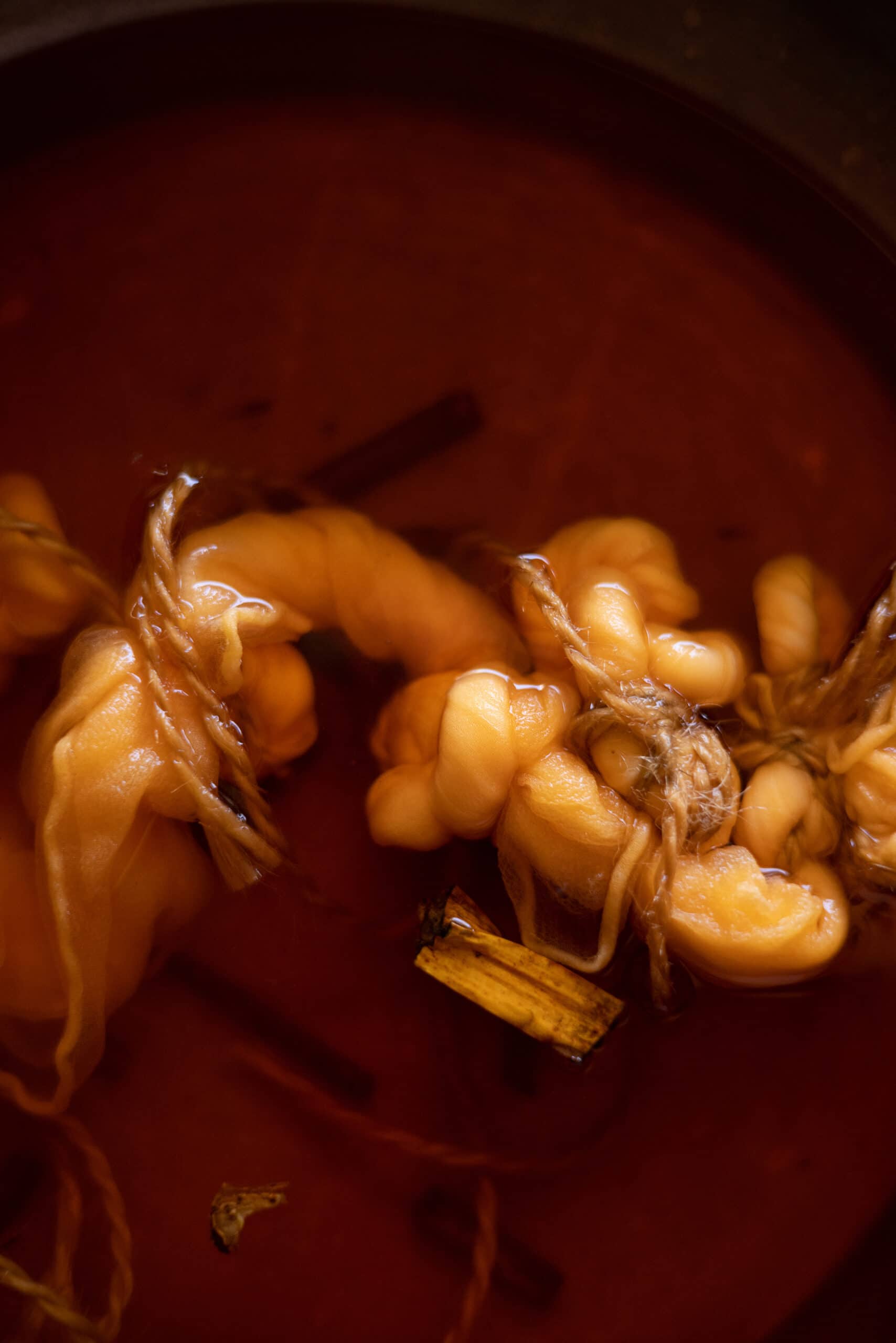

Keet in 't Woud (verified owner) –
Fast delivery, carefully packed and paints well, nice colour
Heleen van der Sanden - www.datistochgeweldig.nl (verified owner) –
Fine, fine packaging